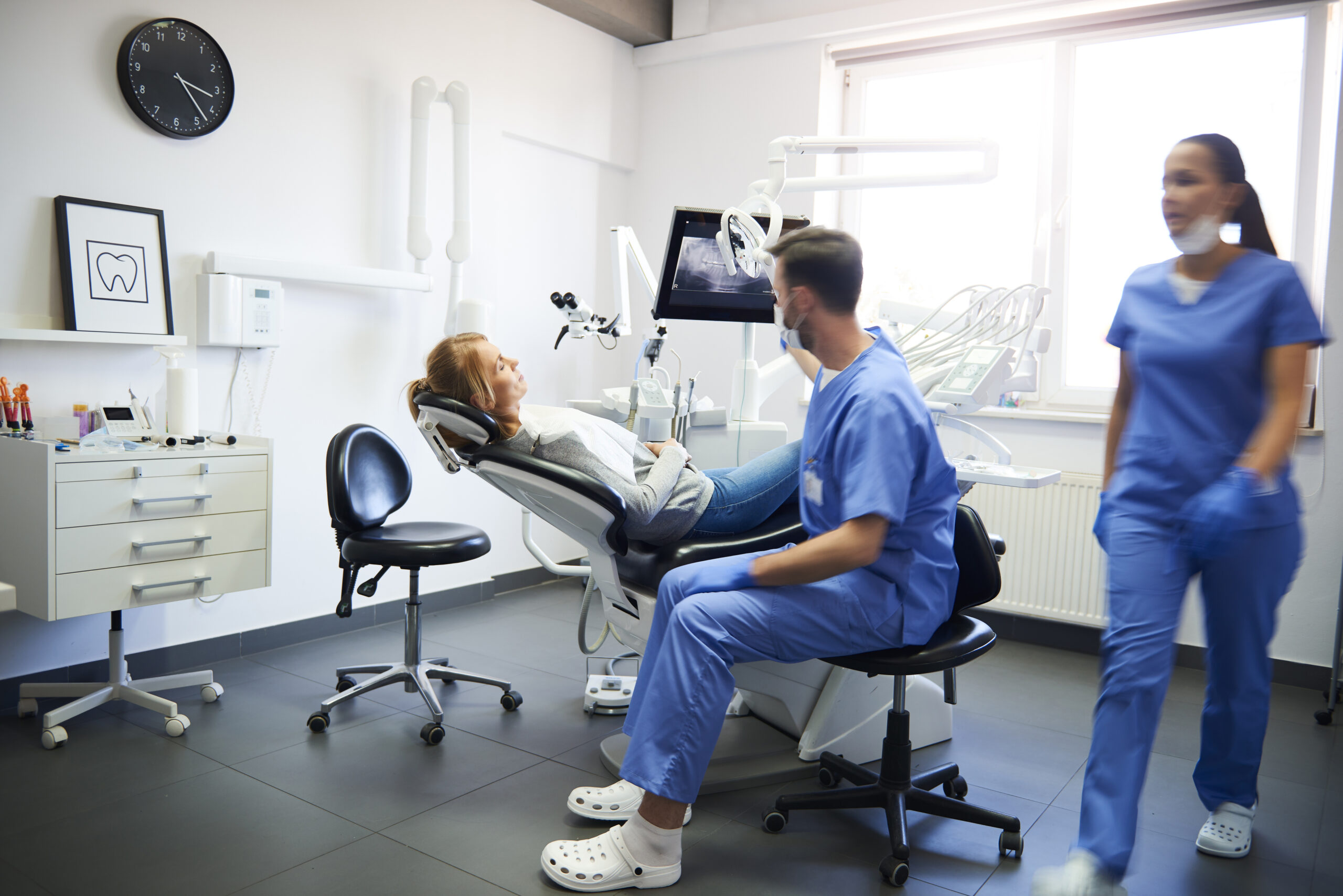
Existing Patients: 01384 378361

When a number of teeth need to be removed for any reason, patients often look for a quick and instant solution. As the name suggests, immediate dentures are used to replace teeth straight after they are extracted.
Get started today

Immediate dentures are available as either a complete denture or just a partial one to accommodate remaining teeth in your mouth.
When teeth are extracted, your mouth undergoes a series of changes. First there is swelling due to the nature of having teeth removed, which is completely normal. Once the swelling has gone down, the gums will begin to recede. The jaw and remaining teeth also begin to move and adjust to the increased space in the mouth. It is important to act quickly during this time to prevent these changes from occurring, and fitting an immediate denture will help prevent these changes, as well as providing other benefits.
The denture will act as a form of bandage for the extraction sites, aiding in the healing process if it is inserted immediately. Also, any facial distortion that occurs as a result of the extraction can be prevented by the denture. Immediate dentures can help your speech adjust more quickly and allow you to use your tongue as normal.
Book an appointmentPrior to your extraction, one of our experienced dentists takes impressions of your teeth. This ensures your denture is available to be fitted immediately following your tooth being removed.
Your denture is created in a dental laboratory. The lab will simulate your extractions by grinding away those teeth on the mould, leaving a template to create the actual denture.
Whilst every effort is made to ensure that the dentures are a good fit, the nature of manufacturing from a simulated mould does mean there is a need for final adjustments and relining once your teeth have been removed. This may require a number of follow up visits to the dentist to ensure the best fit is achieved.
When multiple teeth are extracted, the healing process can take weeks and, in extreme cases, months. When combined with the shrinking gums and jawbone, it causes the denture to become loose. Adjusting the loose denture may require soft or hard relining.
Find out more
Relining is used in order to get the best possible fit from your new denture. Soft relining can be used on the first placement of your denture and then again once the healing process has finished. It involves filling the top of your denture with a smooth paste and then putting it into position in your mouth. Gently biting down and holding the denture in place will allow the paste to set and fill any gaps that might have formed due to bone and gum shrinkage.